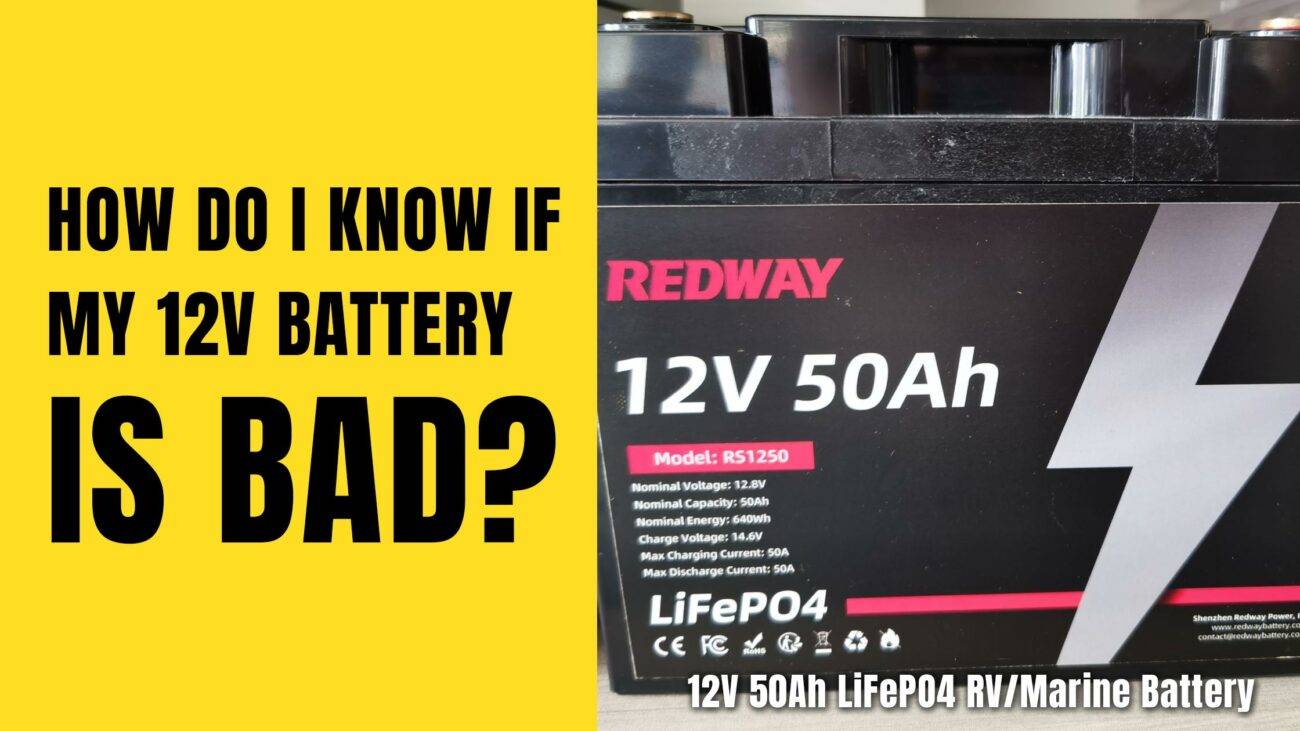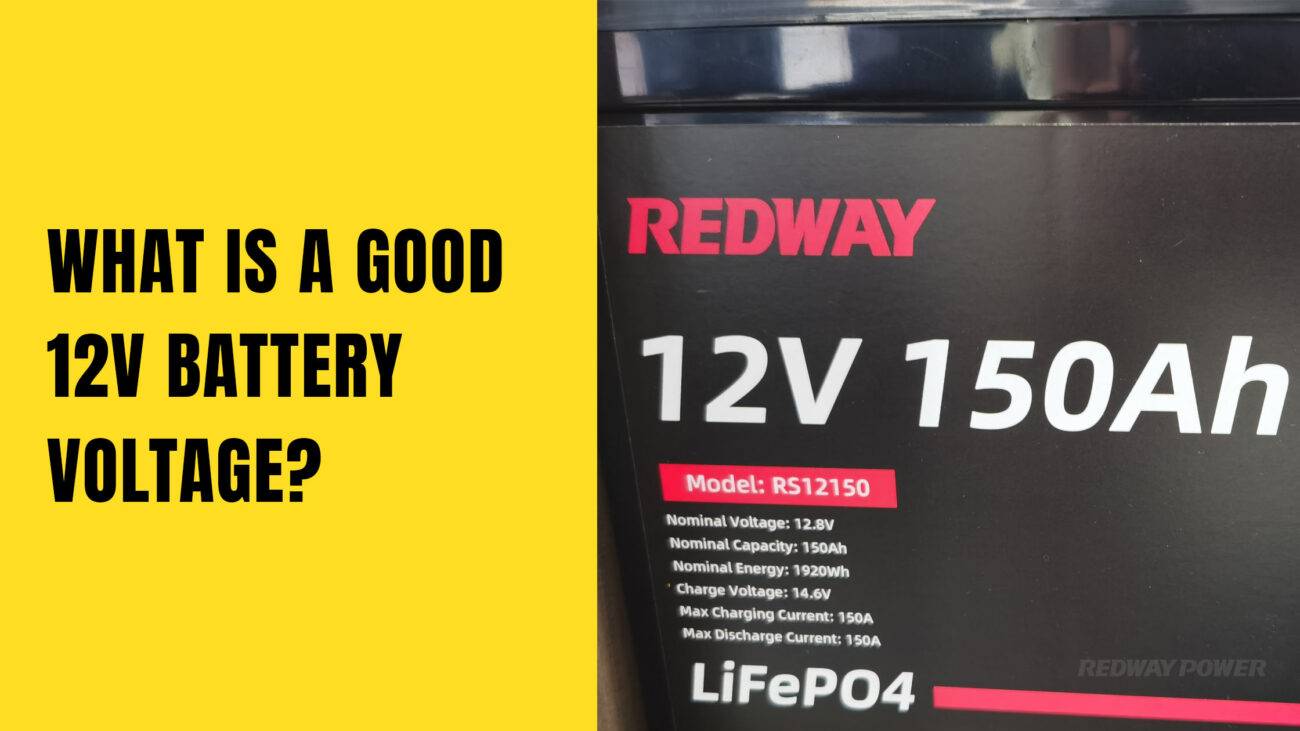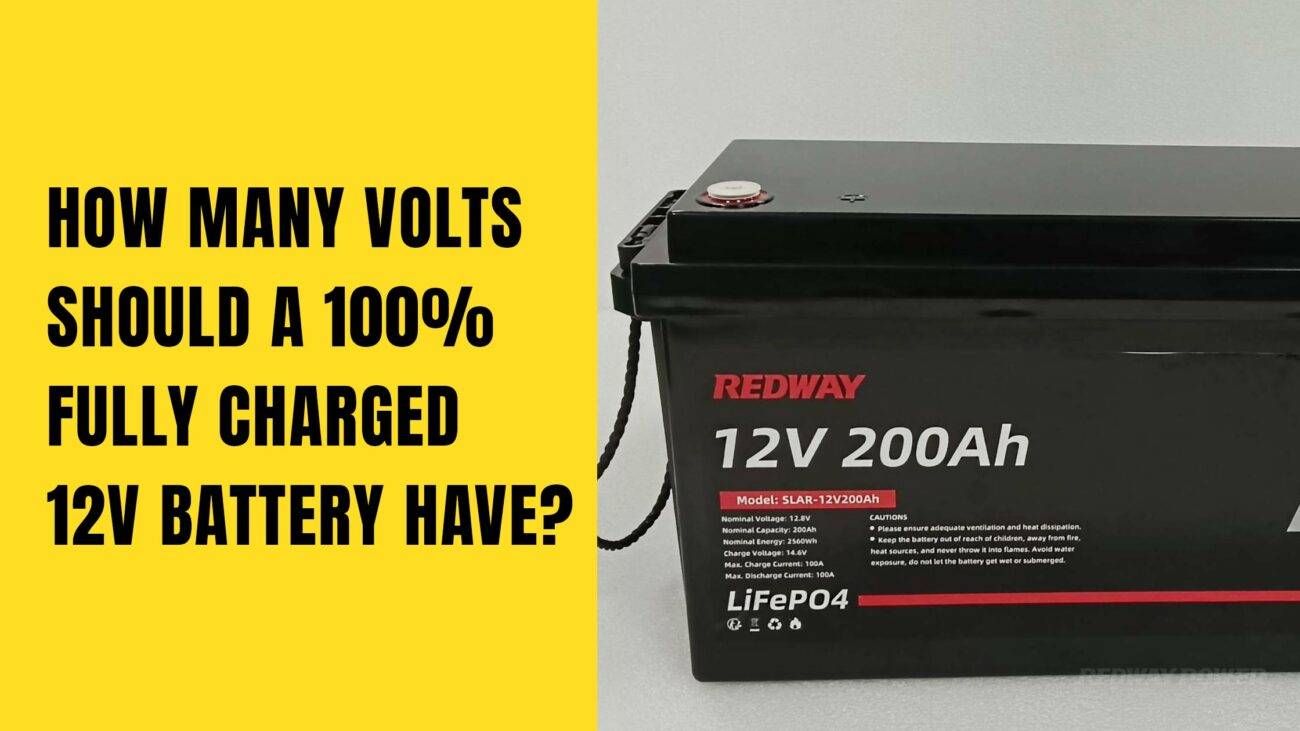In the world of electricity, understanding the relationship between amps and volts is crucial, especially when it comes to 12-volt batteries. Whether you’re a camper, DIY enthusiast, or simply curious about battery functionality, this guide will unravel the mysteries behind amps and volts, shedding light on their significance in powering devices and vehicles.
Understanding Amps and Volts
Amps and volts are the dynamic duo of electrical power. Amps measure current flow, analogous to water flowing through a pipe, while volts represent the pressure propelling that flow, similar to water pressure in plumbing. Together, they determine the power output of an electrical system, with watts being the result of multiplying amps by volts.
What are Amps?
Amps, short for amperes, measure the rate of flow of electric charge in a circuit. Think of it as the quantity of electrons passing through a given point in a conductor per unit of time. In practical terms, amps represent the current flowing through a wire or circuit. Higher amp values indicate a greater flow of electrons, while lower amp values suggest a slower flow.
What are Volts?
Volts, on the other hand, represent the electrical potential difference or voltage between two points in a circuit. It measures the force or pressure pushing electric charges through a conductor. In simpler terms, volts determine the “push” behind the flow of electrons. A higher voltage means a greater potential difference and a stronger push for electrons to move, while a lower voltage implies less force driving the electron flow.
Common Uses for 12-Volt Batteries
12-volt batteries serve as versatile power sources across various industries and activities:
- Automotive Vehicles: Essential for starting engines and powering electrical components in cars.
- Marine Settings: Vital for starting boat engines and powering onboard equipment.
- Off-Grid Solar Systems: Store energy from solar panels for use in appliances and electronic devices.
- Recreational Vehicles (RVs): Power engines and amenities while camping or traveling.
- Trolling Motors: Utilize dedicated 12-volt deep cycle batteries for silent propulsion in fishing boats.
The versatility and reliability of 12-volt batteries make them indispensable across multiple industries and activities, ensuring power wherever it’s needed.
Factors Affecting Amps in a 12-Volt Battery
Several factors influence the amp rating of a 12-volt battery, including size and capacity, state of charge, temperature, age and condition, and simultaneous usage. Understanding these factors is essential for ensuring optimal performance and longevity of 12-volt batteries in various applications.
How to Calculate the Amps of a 12-Volt Battery
Calculating the amp rating of a 12-volt battery involves simple steps:
- Know the Capacity: Obtain the battery’s amp-hour (Ah) rating from manufacturer documentation.
- Divide by Discharge Time: Divide the Ah rating by the number of hours over which you plan to discharge the battery.
- Consider Performance Factors: Note that actual performance may vary due to factors like temperature and battery age.
Understanding these calculations and factors enables efficient and safe utilization of 12-volt batteries.
Tips for Extending the Life of Your 12-Volt Battery
To prolong the life of your 12-volt battery, follow these tips:
- Keep terminals clean to prevent corrosion.
- Avoid overcharging; use chargers with automatic shut-off.
- Maintain proper fluid levels; check and top up with distilled water.
- Store in a cool, dry place during non-use.
- Limit deep discharges and recharge promptly.
- Address warning signs promptly.
- Consider a smart charger or maintainer to prevent sulfation.
- Follow manufacturer guidelines for maintenance and charging methods.
Adhering to these precautions ensures safety and longevity when working with 12-volt batteries.
Conclusion
Understanding amps in a 12-volt battery is essential for anyone dealing with electrical systems. By grasping the relationship between amps and volts, recognizing common uses, and considering factors affecting amp ratings, you can harness the full potential of 12-volt batteries while ensuring safety and efficiency. Stay informed, stay safe, and power on!









